Home>Construction & Tools>Building Materials>How To Get Rid Of Mold On Brick
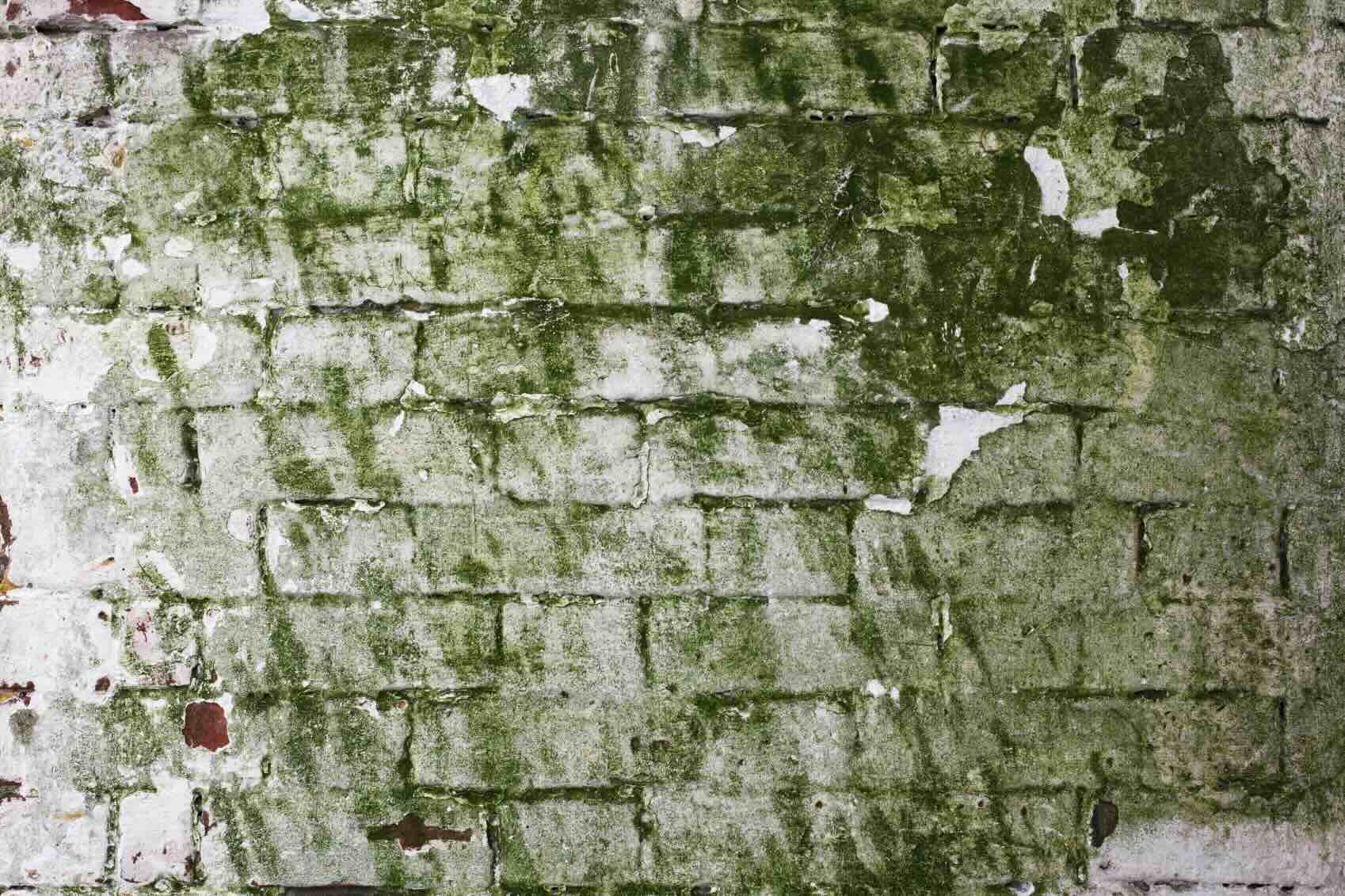

Building Materials
How To Get Rid Of Mold On Brick
Modified: January 24, 2024
Learn effective methods for removing mold from brick surfaces using building materials. Discover expert tips and techniques for a mold-free exterior.
(Many of the links in this article redirect to a specific reviewed product. Your purchase of these products through affiliate links helps to generate commission for Storables.com, at no extra cost. Learn more)
**
Introduction
**
Mold growth on brick surfaces not only detracts from the visual appeal of a building but also poses potential health risks and can compromise the structural integrity of the brick. As a homeowner or property manager, understanding how to effectively eliminate mold from brick is essential for maintaining the aesthetics and durability of the structure. In this comprehensive guide, we will delve into the causes of mold on brick, the tools and materials needed for removal, and a detailed step-by-step process for eradicating mold. Additionally, we will explore preventive measures to inhibit the return of mold, ensuring a long-lasting solution. By following these guidelines, you can effectively remove mold from brick surfaces and prevent its reoccurrence, thus preserving the beauty and longevity of your property.
**
Key Takeaways:
- Say goodbye to mold on brick by understanding its causes, using the right tools, and following a step-by-step guide. Prevent its return by maintaining proper drainage, improving ventilation, and regular inspections.
- Remove mold from brick with the right tools and materials, and prevent its return by addressing underlying causes and implementing preventive measures. Keep your property mold-free for years to come!
Read more: How To Get Rid Of Mold In Basement
Understanding the Causes of Mold on Brick
**
Before diving into the removal process, it’s crucial to comprehend the underlying factors that contribute to mold growth on brick surfaces. Mold thrives in environments with excessive moisture, inadequate ventilation, and organic matter for nourishment. When these conditions are present, mold spores can take hold and proliferate on brick surfaces.
Brick, despite its durability, is porous and can absorb moisture. This absorption, coupled with insufficient sunlight and airflow, creates an ideal habitat for mold to flourish. Common sources of moisture that contribute to mold growth on brick include heavy rainfall, high humidity, and plumbing leaks. Additionally, organic debris such as leaves, dirt, or pollen that accumulates on the brick surface can serve as a food source for mold, exacerbating its proliferation.
Furthermore, mold growth on brick can be exacerbated by nearby vegetation or landscaping that obstructs sunlight and impedes airflow, creating shaded, damp areas that are conducive to mold development. Understanding these underlying causes is essential for effectively addressing the issue and implementing preventive measures to inhibit mold regrowth.
**
Tools and Materials Needed
**
Before embarking on the task of removing mold from brick surfaces, it’s essential to gather the necessary tools and materials to ensure a thorough and efficient process. Here’s a comprehensive list of items you’ll need:
Tools:
-
Stiff-bristled brush: An abrasive brush is essential for scrubbing the mold off the brick surface effectively. Opt for a brush with sturdy bristles that can withstand rigorous scrubbing.
-
Protective gear: As mold removal can release spores into the air, it's crucial to prioritize safety. Equip yourself with a respirator mask, protective eyewear, and gloves to prevent inhalation and skin contact with mold particles.
-
Pressure washer (optional): In cases of extensive mold growth, a pressure washer can expedite the cleaning process by efficiently removing mold from the brick surface.
Materials:
-
Mold removal solution: Choose a commercial mold removal solution or prepare a homemade mixture using water and white vinegar or water and detergent. Alternatively, a solution of water and bleach can be effective, but caution must be exercised to prevent discoloration of the brick.
-
Baking soda or borax: These natural alternatives can be used to create a paste for stubborn mold spots, providing an additional layer of mold-fighting power.
-
Bucket: A sturdy bucket will be needed for mixing the cleaning solution and transporting water to the cleaning site.
-
Ladder: If the mold growth extends to higher areas of the brick facade, a stable ladder will be necessary for safe access and thorough cleaning.
-
Plastic sheeting and tape: To protect surrounding areas from overspray and runoff during the cleaning process, plastic sheeting and tape will be essential for creating a barrier.
-
Soft cloths or sponges: These will be used for applying the cleaning solution and wiping the brick surface.
By ensuring you have these tools and materials at your disposal, you can proceed with confidence, knowing that you are well-equipped to tackle the task of removing mold from brick surfaces effectively and safely.
**
To get rid of mold on brick, mix equal parts water and white vinegar in a spray bottle. Spray the affected area and let it sit for 10-15 minutes, then scrub with a brush and rinse with water. Repeat if necessary.
Step-by-Step Guide to Removing Mold from Brick
**
Now that you’re equipped with the necessary tools and materials, it’s time to embark on the process of removing mold from brick surfaces. Follow these step-by-step guidelines to ensure a thorough and effective cleaning:
-
Preparation: Begin by donning your protective gear, including the respirator mask, protective eyewear, and gloves. Ensure that the surrounding area is clear of any valuable items and cover nearby plants or landscaping with plastic sheeting to protect them from the cleaning solution.
-
Mix the cleaning solution: In a bucket, prepare the mold removal solution according to the manufacturer’s instructions or create a homemade mixture using water and white vinegar, water and detergent, or water and bleach (exercise caution with bleach to prevent discoloration).
-
Apply the solution: Using a brush or sprayer, apply the cleaning solution liberally to the mold-affected areas of the brick. Allow the solution to penetrate the mold for a few minutes to loosen its grip on the surface.
-
Scrub the mold: With the stiff-bristled brush, vigorously scrub the mold-infested brick surface, focusing on small sections at a time. The abrasive action of the brush will help dislodge the mold from the porous texture of the brick.
-
Rinse the brick: If a pressure washer is available, use it to rinse the brick surface thoroughly, effectively removing the loosened mold and cleaning solution. Alternatively, a garden hose can be used for rinsing.
-
Repeat if necessary: For stubborn mold spots, create a paste using baking soda or borax and water. Apply the paste to the affected areas, allowing it to sit for a few minutes before scrubbing and rinsing the brick surface again.
-
Drying: Allow the cleaned brick surface to air dry completely. Ensure that the area is well-ventilated to prevent moisture buildup, which can contribute to future mold growth.
By meticulously following these steps, you can effectively remove mold from brick surfaces, restoring the visual appeal of your property and mitigating the potential health hazards associated with mold exposure.
**
Preventing Mold from Returning
**
After successfully removing mold from brick surfaces, it’s essential to implement preventive measures to inhibit its return. By addressing the underlying causes of mold growth and maintaining a proactive approach to upkeep, you can safeguard your property against future mold infestations. Here are key strategies for preventing mold from reappearing on brick:
-
Maintain proper drainage: Ensure that gutters and downspouts are clear of debris and effectively channel water away from the foundation and exterior walls. Proper drainage prevents water from accumulating near the brick, reducing the risk of moisture infiltration and mold growth.
-
Trim vegetation: Regularly trim trees, shrubs, and other vegetation near the brick exterior to allow adequate sunlight and airflow. Pruning overhanging branches and foliage minimizes shade and promotes drying, discouraging mold development.
-
Repair leaks promptly: Address any plumbing leaks, roof leaks, or damaged seals promptly to prevent water from seeping into the brick and creating conducive conditions for mold growth.
-
Improve ventilation: Enhance airflow around the brick surfaces by ensuring that vents are unobstructed and installing exhaust fans in areas prone to high humidity, such as bathrooms and kitchens. Proper ventilation accelerates drying and reduces moisture retention.
-
Apply mold-resistant coatings: Consider applying a mold-resistant sealant or coating specifically designed for masonry surfaces. These products create a protective barrier that inhibits mold growth and simplifies maintenance.
-
Regular cleaning and inspections: Schedule routine inspections of the brick exterior, clearing away debris and conducting visual assessments for signs of mold or mildew. Promptly address any emerging issues to prevent widespread mold infestations.
By integrating these preventive measures into your property maintenance routine, you can fortify the defenses against mold recurrence, ensuring a lasting solution and preserving the pristine condition of your brick surfaces.
**
Read more: How To Get Rid Of Mold In Toilet
Conclusion
**
Removing mold from brick surfaces is a task that demands attention to detail, the right tools, and a proactive mindset to prevent its reoccurrence. By understanding the causes of mold growth on brick and employing the appropriate tools and materials, you can effectively eliminate mold and restore the aesthetic appeal of your property. The step-by-step guide provided offers a systematic approach to mold removal, emphasizing thorough cleaning and safety precautions. Furthermore, implementing preventive measures such as maintaining proper drainage, improving ventilation, and regular inspections will fortify your property against future mold infestations.
As you embark on the journey of mold removal and prevention, remember that a proactive and vigilant approach is key to preserving the integrity and visual allure of your brick surfaces. By integrating these strategies into your property maintenance routine, you can create an environment that is inhospitable to mold growth, ensuring a lasting and mold-free exterior for years to come. With these insights and guidelines at your disposal, you are well-equipped to combat mold on brick surfaces and safeguard the beauty and durability of your property.
Frequently Asked Questions about How To Get Rid Of Mold On Brick
Was this page helpful?
At Storables.com, we guarantee accurate and reliable information. Our content, validated by Expert Board Contributors, is crafted following stringent Editorial Policies. We're committed to providing you with well-researched, expert-backed insights for all your informational needs.

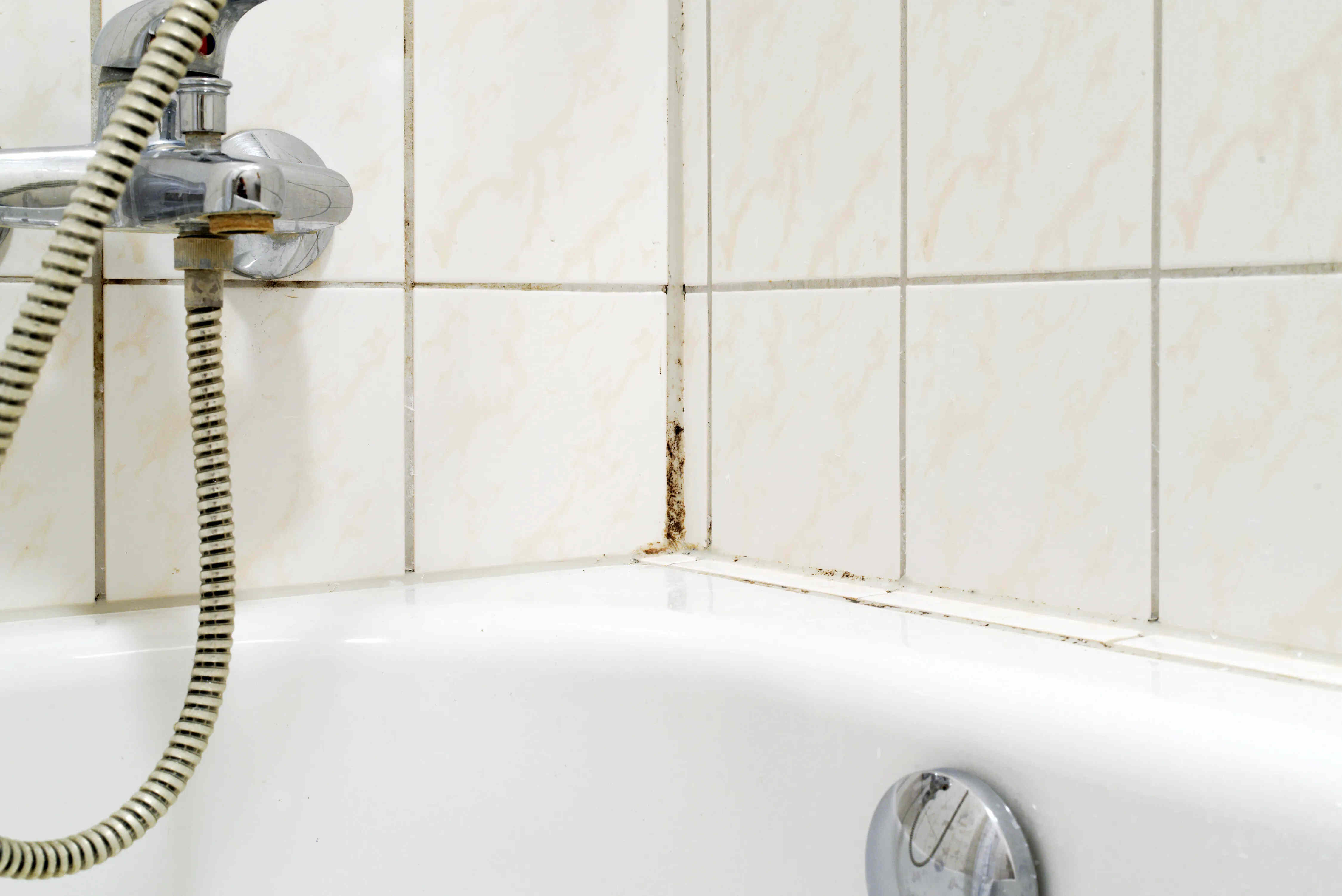
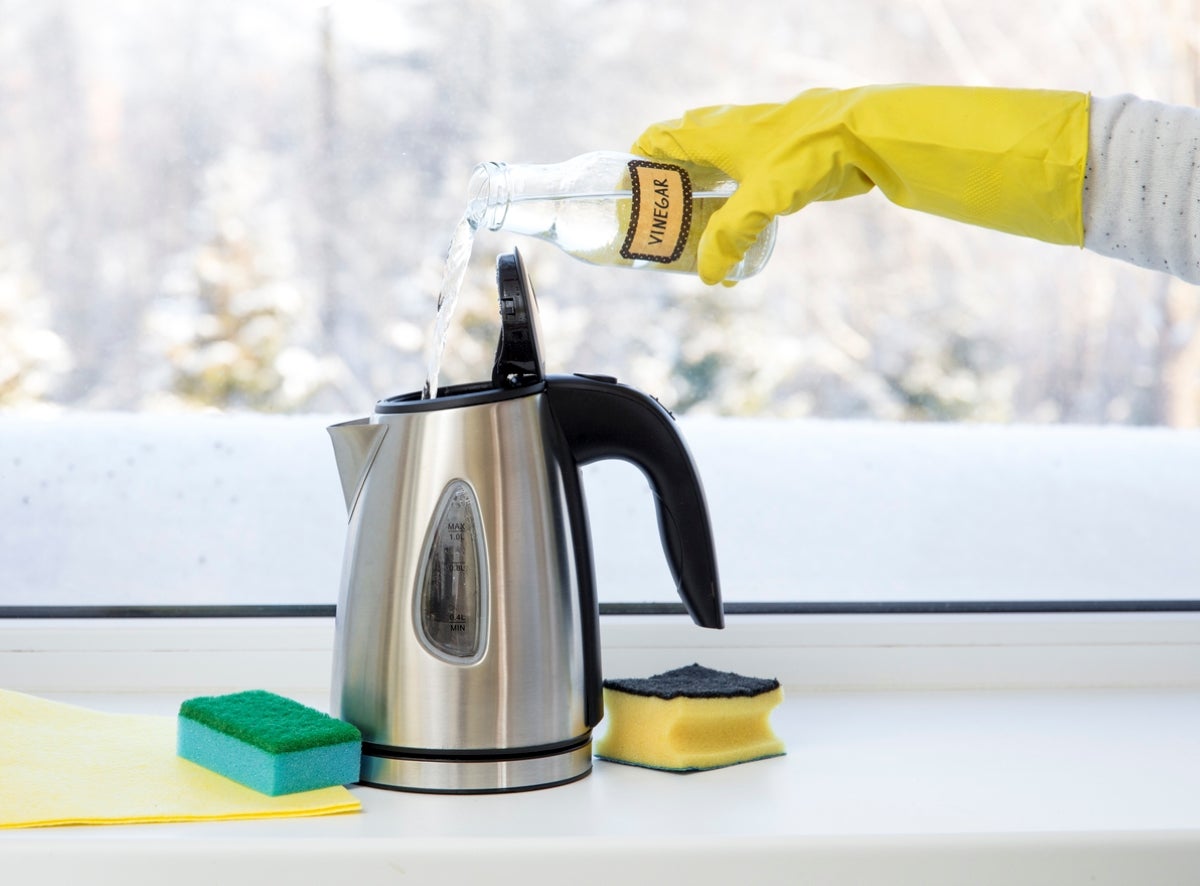
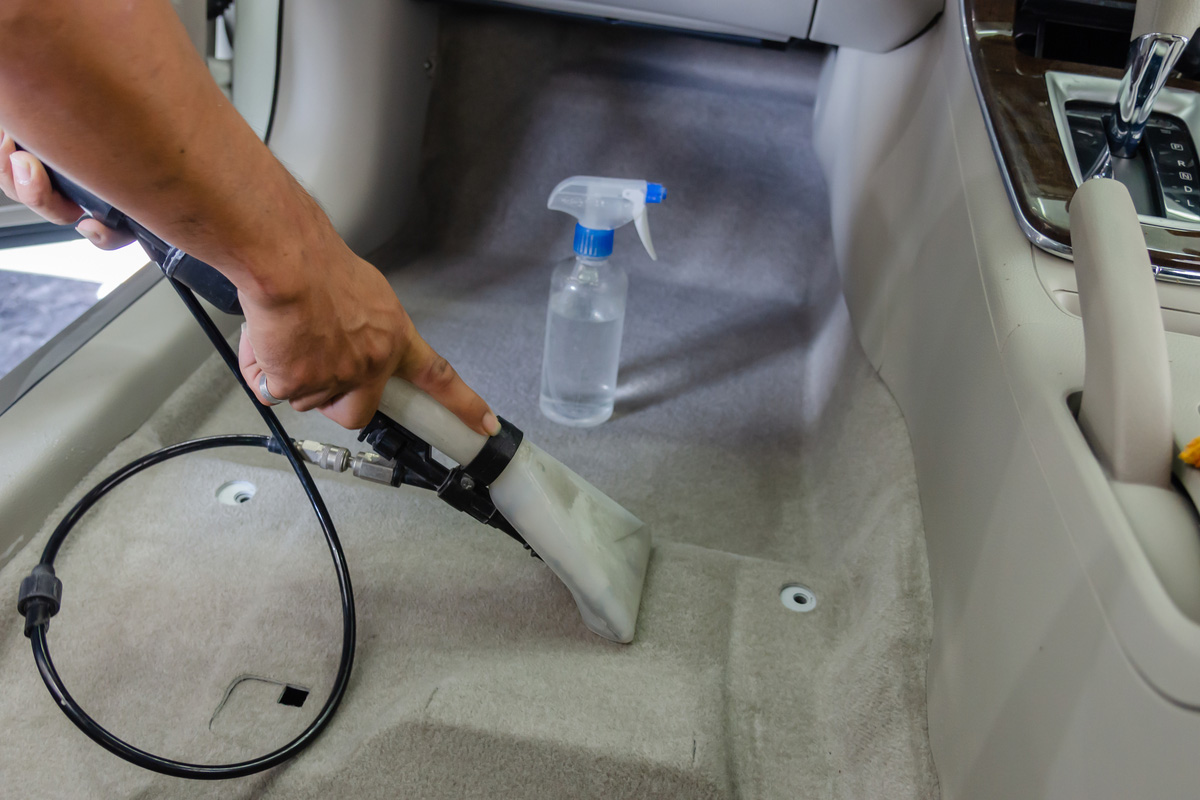
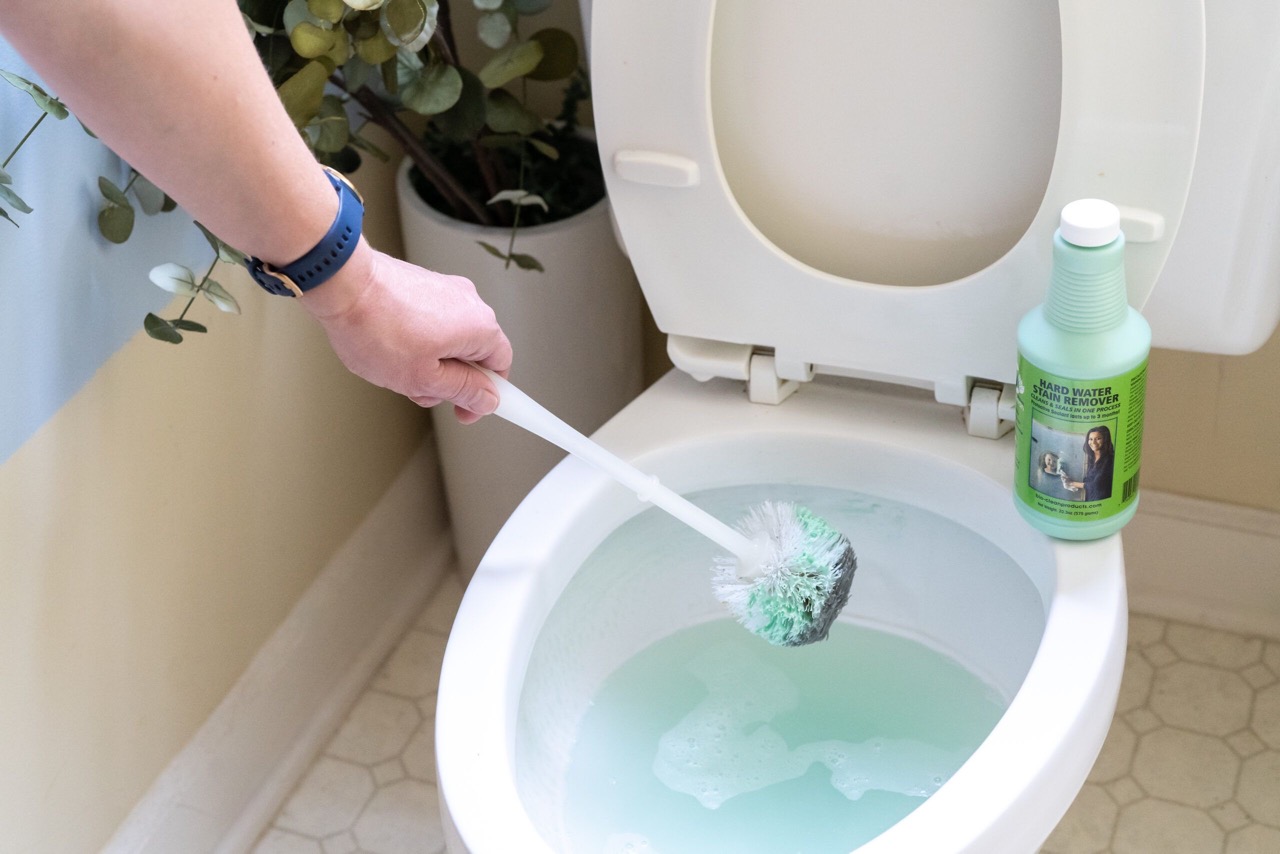
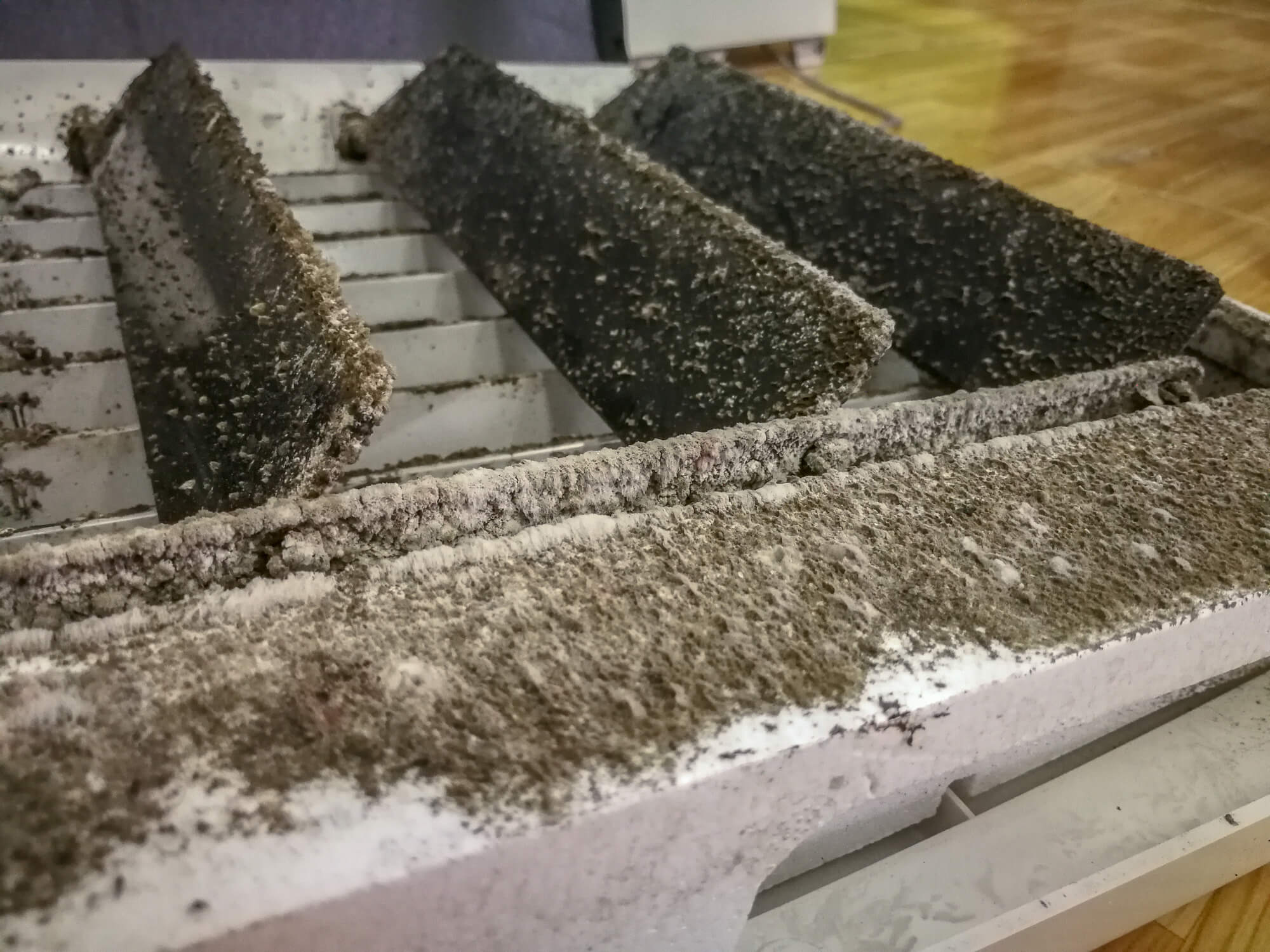
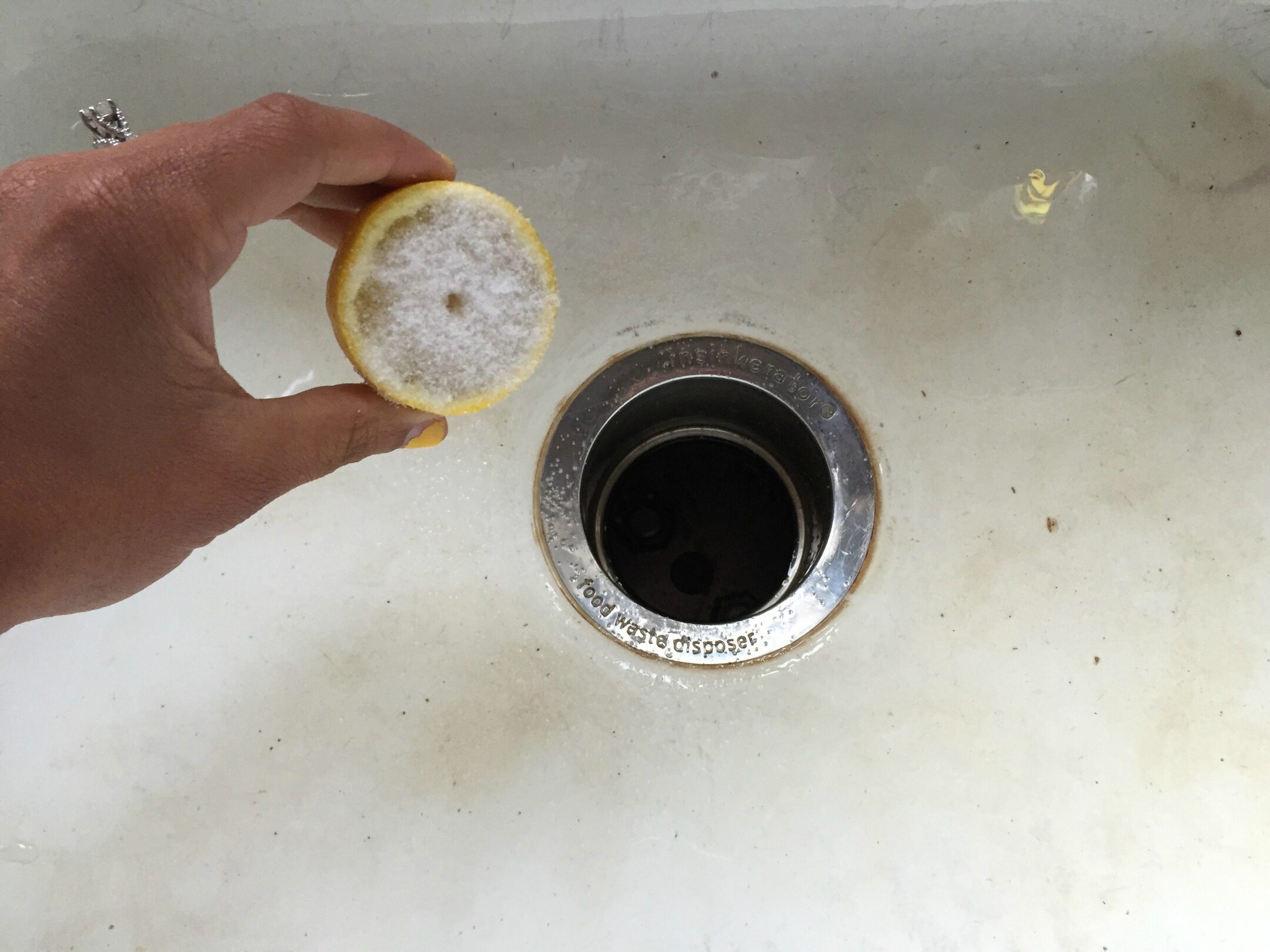
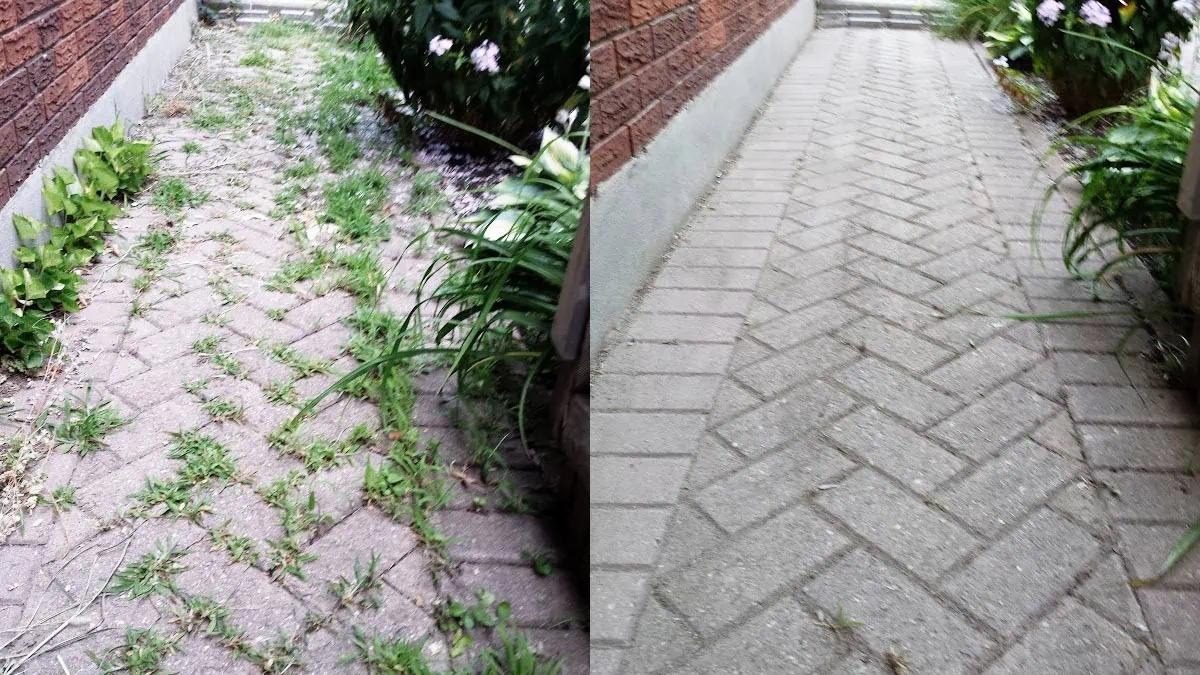
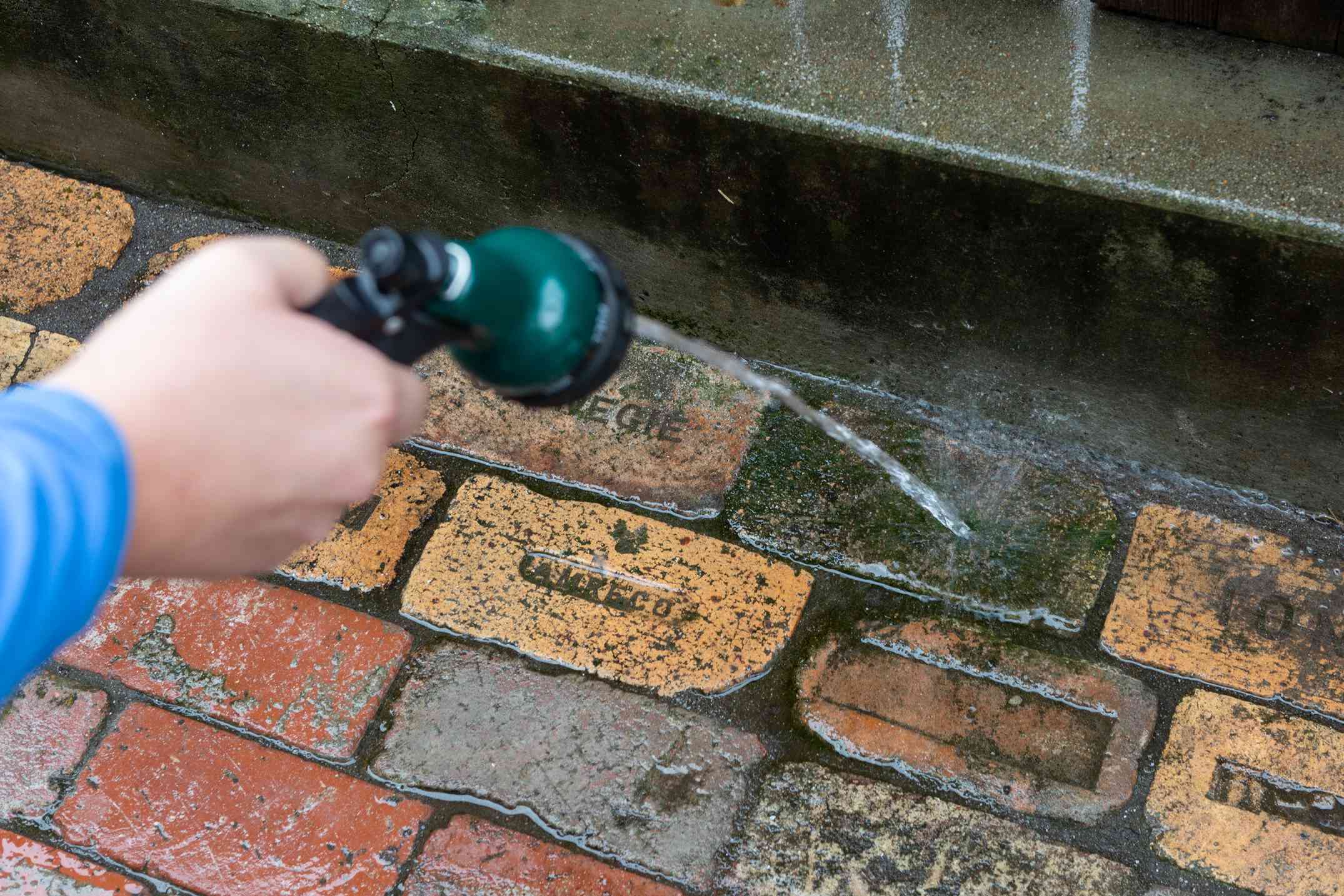
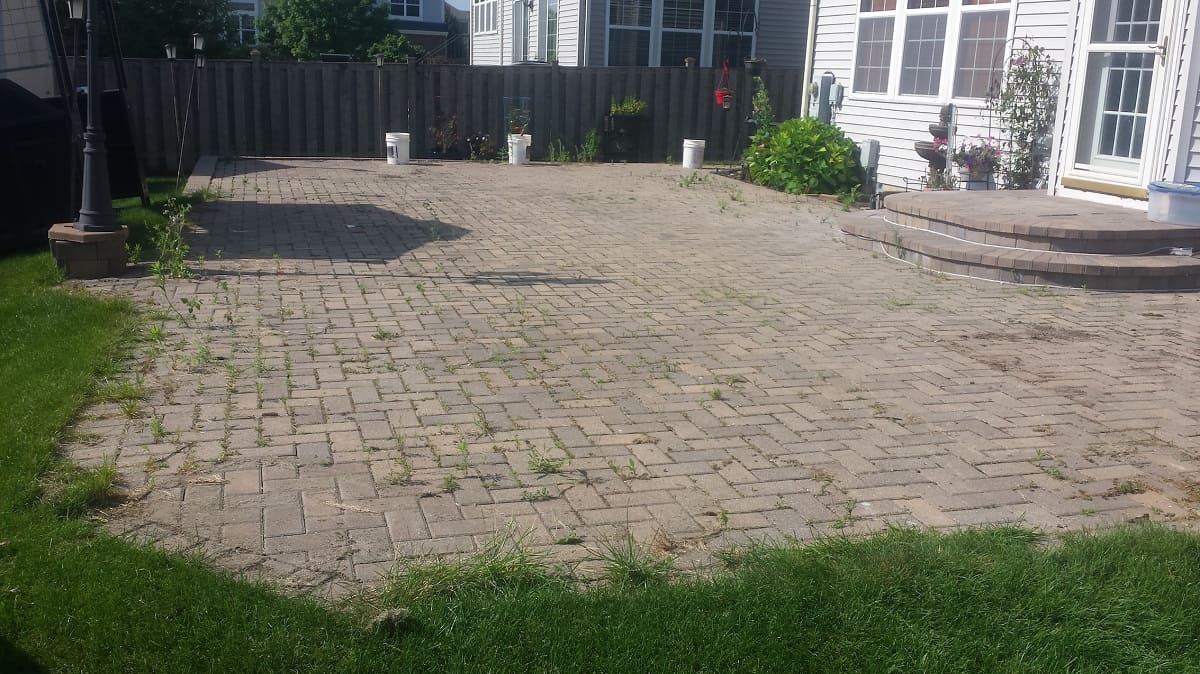
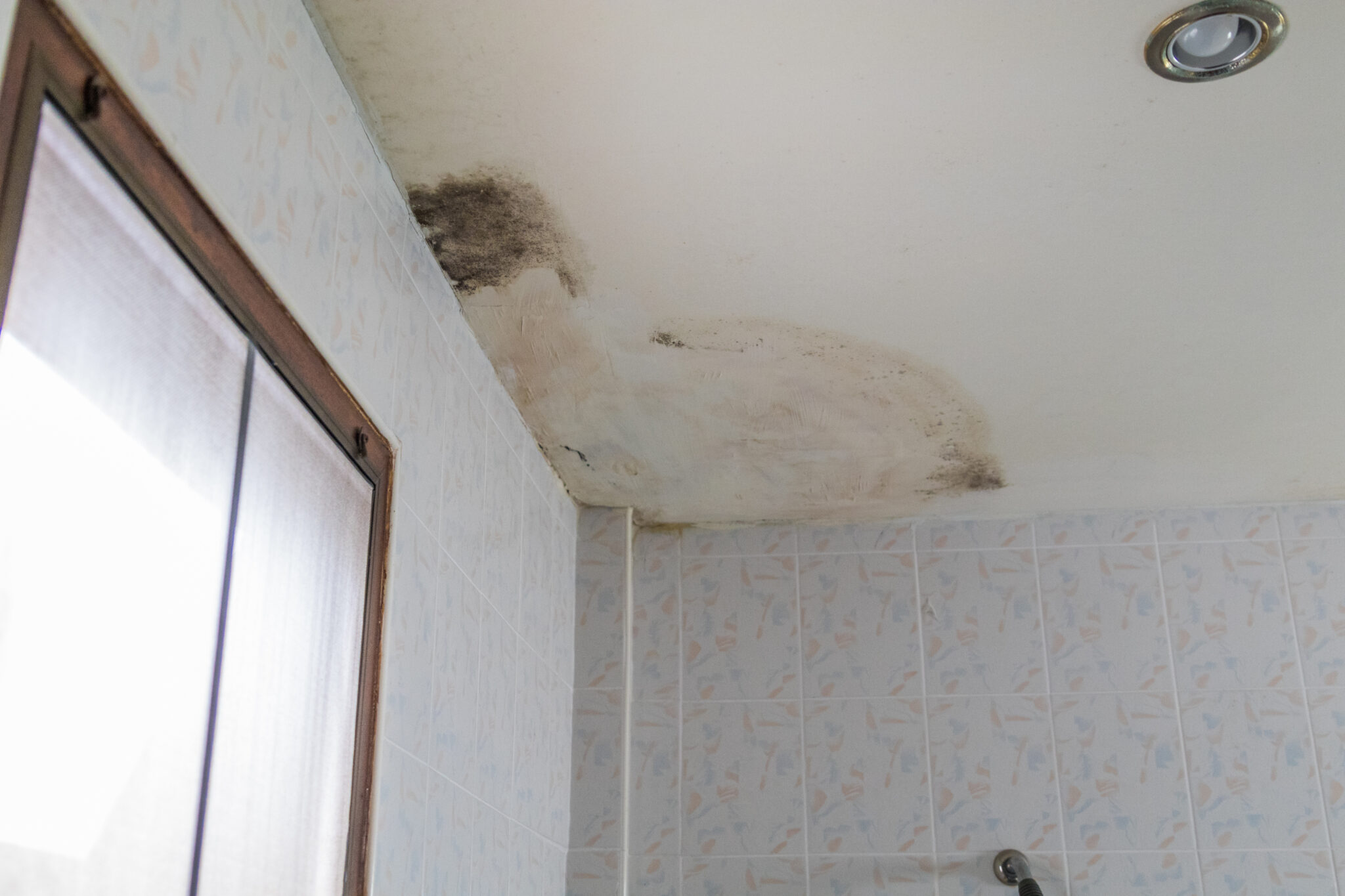
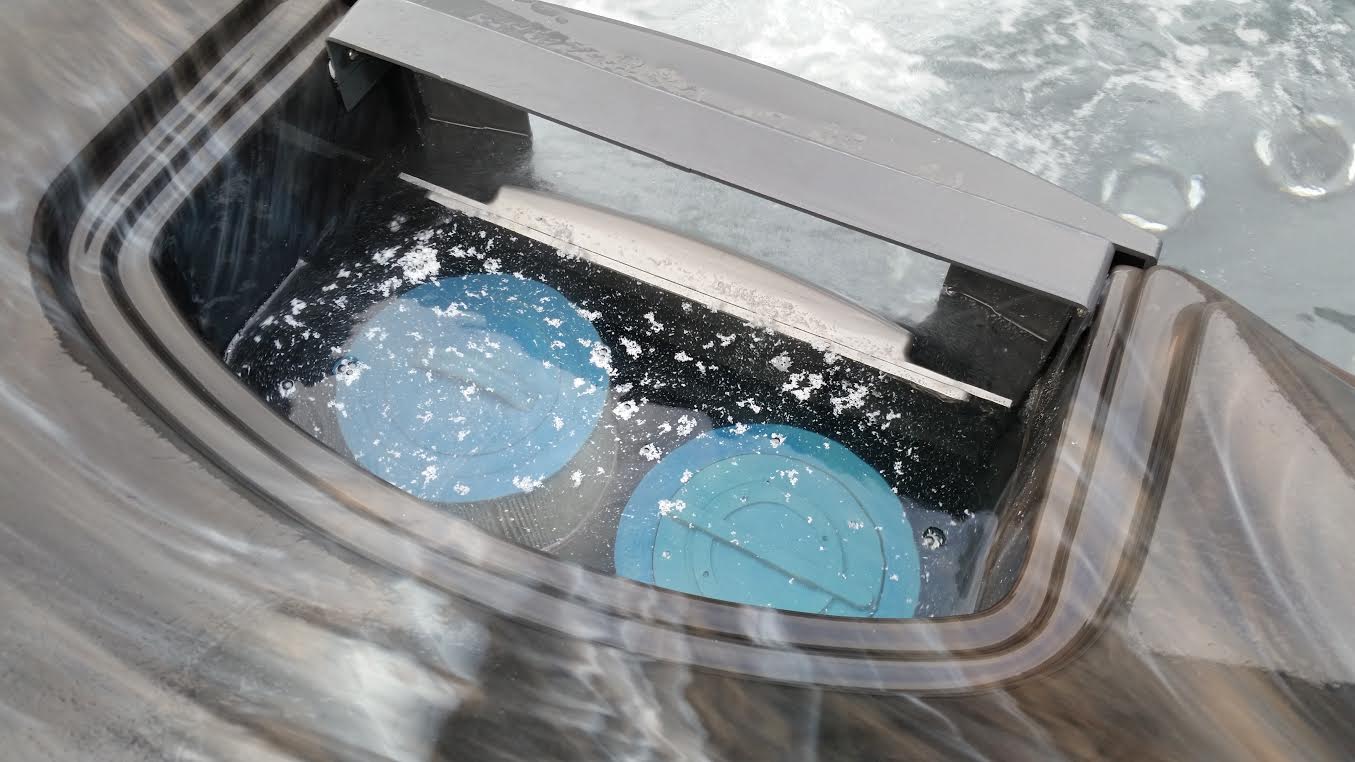
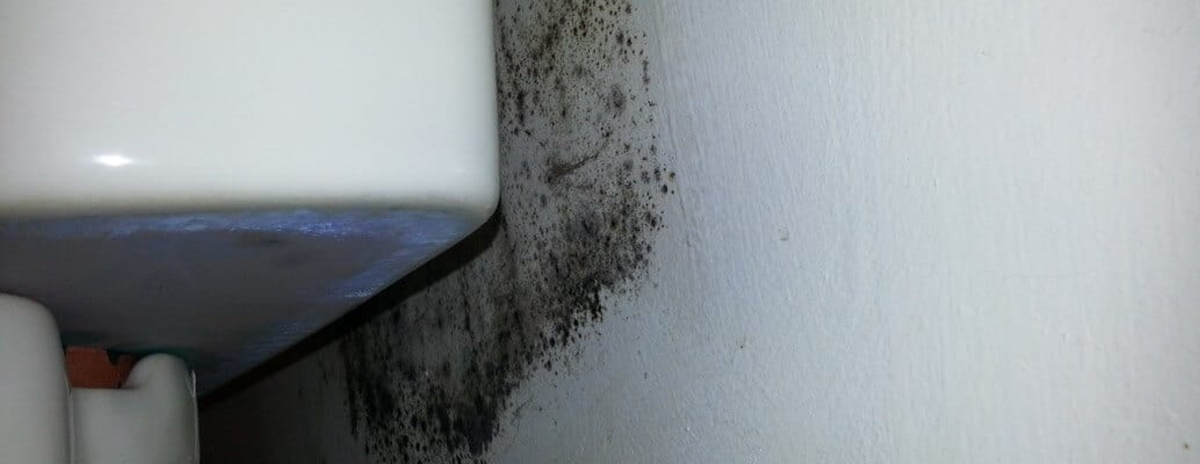
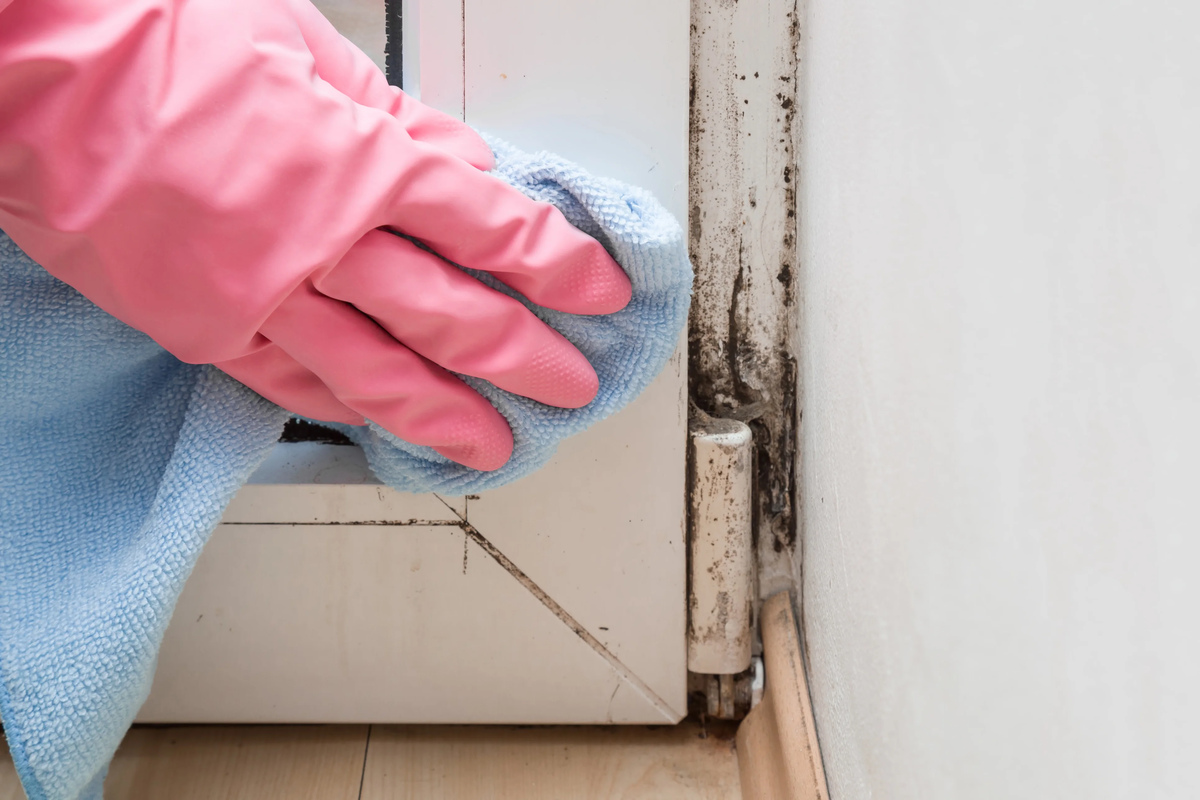

0 thoughts on “How To Get Rid Of Mold On Brick”